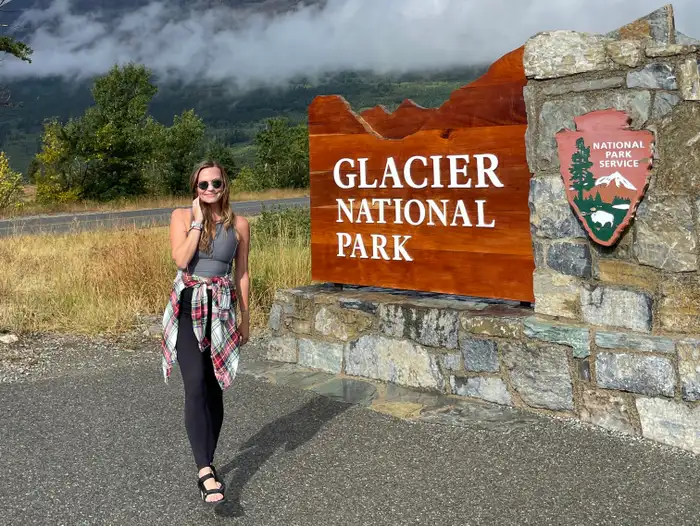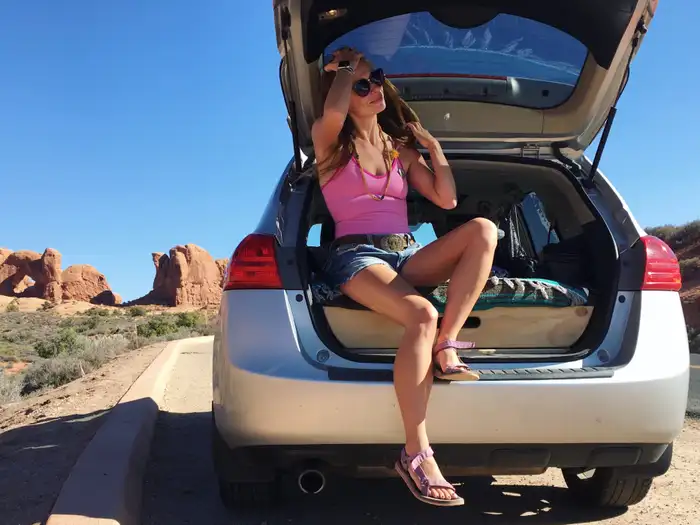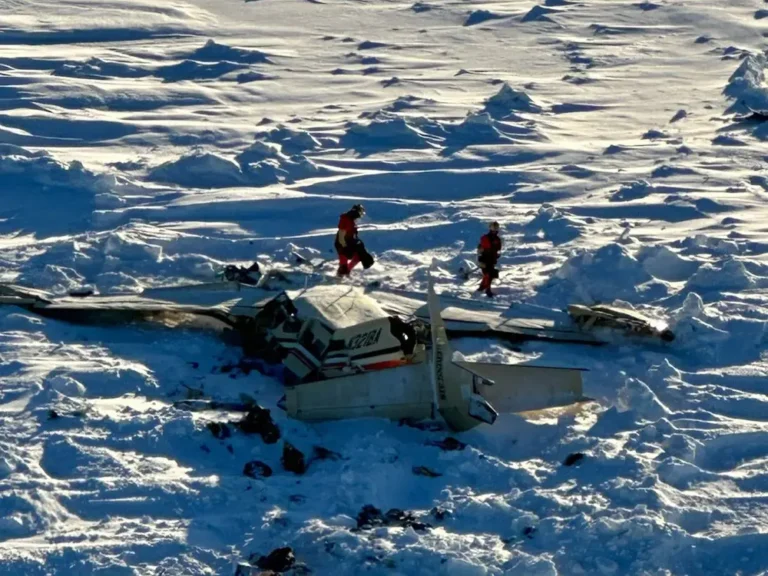I’ve traveled solo to all 63 US national parks. Here are my 10 best tips for first-time visitors.

I’ve visited all 63 major US national parks.
I’ve spent my 30s traveling solo on a quest to visit all 63 United States national parks.
Nearly nine years later, I’ve visited all of the major parks in the US National Parks Service system – and to say I’ve learned a lot would be an understatement.
I’m frequently asked for tips for new visitors who want to make the most of their time in the parks. Of course, there is no one right way to travel, but several considerations will make a first-time trip much smoother.
Here are my 10 best tips for first-time visitors:
Don’t be afraid to go alone.

I traveled solo to Grand Canyon National Park.
When I entered my 30s, I wanted to visit the Grand Canyon but had no one to go with. Instead of waiting for company, I went for it alone.
That was just eight years ago, and now I’ve visited hundreds of NPS sites and all 50 states on my own. None of that would have happened if I hadn’t taken that first step solo.
Arrive early (or late) for smaller crowds.

I visited Acadia National Park at sunset.
Visitation at some of the most iconic national parks has exploded, leading to frustrating crowds and congestion.
To mitigate this, I always recommend entering a park early in the morning. If you’re not an early riser, later in the afternoon, when other visitors leave, is also a good time to explore.
Invest in an America the Beautiful Pass.

If you frequently travel to the national parks, the America the Beautiful Pass can save you money.
For just $80, an America the Beautiful Pass gains you (and those in your vehicle) entry into all of the 63 major national parks.
It also covers the entry fees at lands managed by the US Fish and Wildlife Service, US Forest Service, Bureau of Land Management, Bureau of Reclamation, and US Army Corps of Engineers.
With some parks charging entrance fees of $35 alone, just a few visits per year will recoup your investment.
Ask a park ranger for tips — and then ask a local what they’d do on their day off.

Park rangers can help you find the best spots in the parks.
Park rangers are an incredible resource for planning your day.
After I talk with them, I love to go into a gift shop or nearby restaurant and ask a local what they do in the park on their day off. Often, their recommendations are less crowded and more peaceful.
Keep your itinerary fluid.

Flexibility is key when visiting the national parks.
I’ve visited Glacier National Park four separate times, but due to wildlife and weather closures, I was only able to complete a hike I’ve had on my list during my last visit.
Although national parks can seem like a natural Disneyland, it’s important to remember that you can’t control nature. Have some hikes and stops in mind, but also have backup plans in place.
Respect and preserve the land.

Respecting the land ensures that future generations will be able to enjoy beautiful places like Big Bend National Park.
It should go unsaid, but when visiting any park, you must always respect the land. Be considerate of others, of wildlife, and of the land itself.
Becoming familiar with the seven Leave No Trace Principles is a fantastic way to minimize the impact on future generations.
Don’t be shy with photos — your trip is a once-in-a-lifetime opportunity.

I’m glad I took pictures in places like Saguaro National Park.
When I started traveling solo to the parks, I was embarrassed to take photos of myself.
I didn’t want to seem narcissistic, be seen setting up my tripod, or draw attention to the fact I was alone by asking others to snap a picture for me. I now regret not taking more photos and would love to be able to reflect on those special memories.
Use social media as a resource for planning.

Social media can help you find the best spots in the national parks.
Although social media can be a bit of smoke and mirrors, it’s still one of my favorite resources for planning a national park trip.
I love to search hashtags or location tags of the places I visit to find trails, overlooks, hotels, nearby shops, and restaurants. I typically save the posts to a folder or screenshot them for reference.
Research and secure reservations and permits ahead of time.

Many national parks now use timed-entry systems.
Like it or not, many of the most popular parks have implemented some form of reservation or timed-entry system in the past few years.
Although it’s necessary to combat the overuse and degradation of pristine landscapes, some of the systems can be confusing. That’s why it’s vital to research the reservation process ahead of time and follow it closely.
Visitors can, and will, be turned away at entrance stations without a reservation.
Don’t put too much pressure on yourself to check all the boxes — just enjoy the beauty.

I’ve visited beautiful places like Yellowstone National Park.
Traveling can become stressful quickly, even when surrounded by nature’s beauty. In my experience, trying to fit too much into one trip or experience is a recipe for disaster.
Instead, my goal is to just enjoy the beauty. And if I do that, it’s all been worthwhile.






